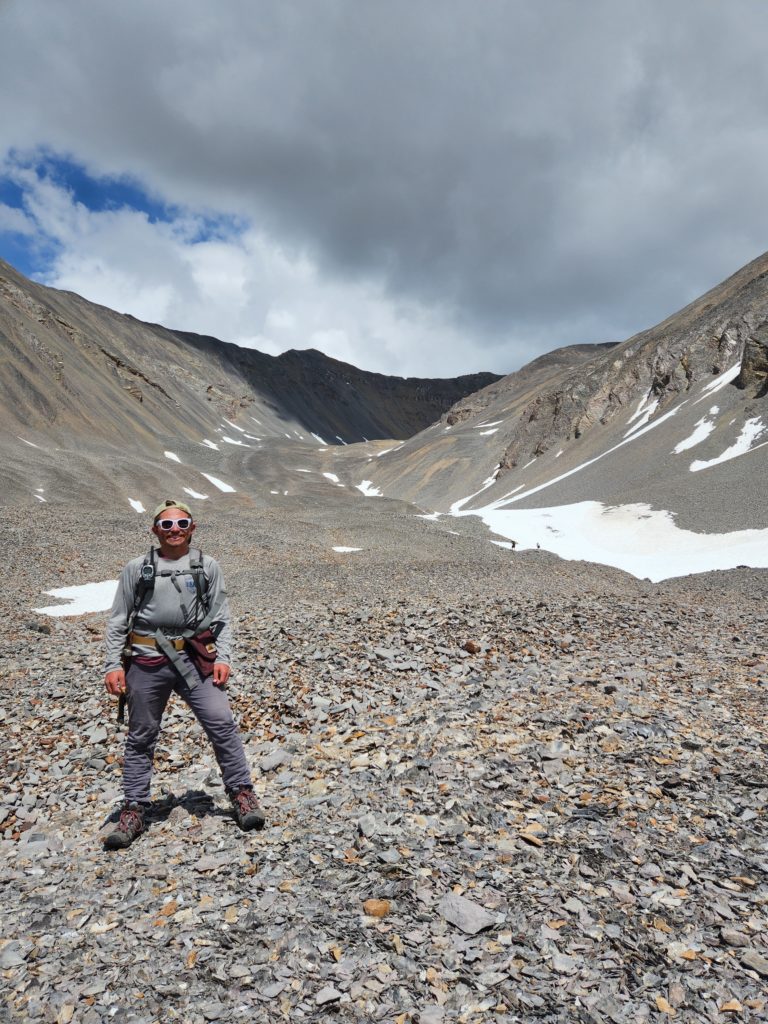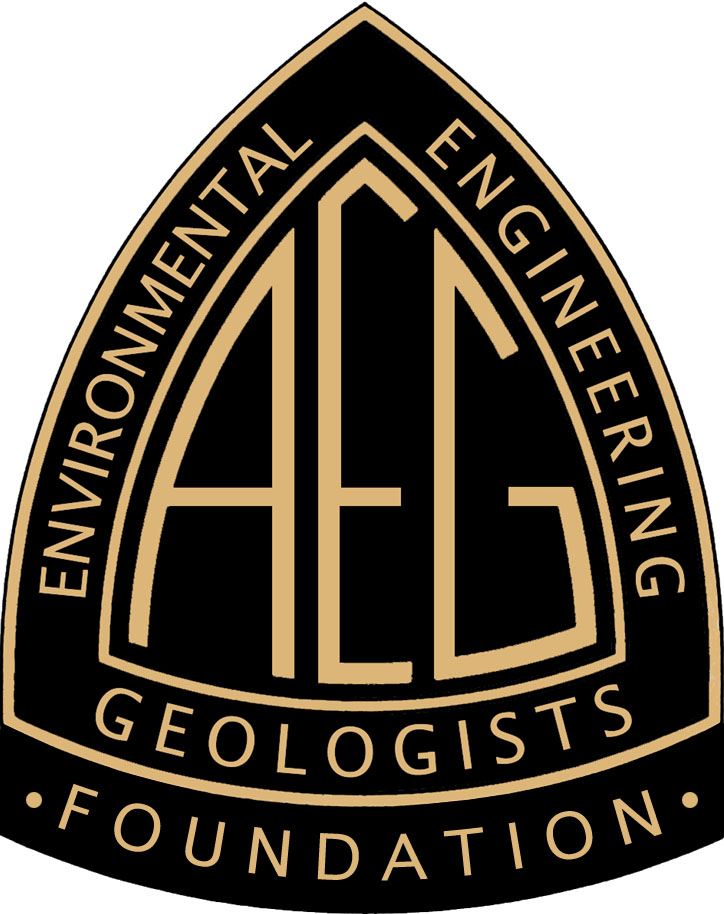Kawner Sistrunk Field Camp – 2023 Beardsley Kuper Field Camp Scholarship Winner
During the past several weeks, I have been exploring central Idaho as a student with Idaho State University’s field camp. My experience with this field camp is entirely positive because I enjoyed the time I spent working and thinking about the rocks. The Lost River Field Station where ISU hosts their field camp is situated near the base of the Lost River Range. While we were working, we had the field camp director, Dr. Ryan Anderson, one or two visiting professors, and three teaching assistants available to answer our questions, and we had sufficient tools to help us create our maps and other deliverables. Our deliverables for each week primarily included a geologic map, description of map units, geologic history of the area, and a cross section.
The first of the five weeks of field camp was focused primarily on sedimentary rocks, and Dr. Kurt Sundell was the visiting professor to assist with this project. The ideas that were emphasized during sedimentary week included paying attention to bedding attitudes, rule of V’s, and fossil composition in different carbonate rocks. To correctly map the unit boundaries, we were trained to use the rule of V’s to map with the topography. By the end of the first week, we were able to make reasonable geologic maps.
We quickly started geomorphology week with Dr. Glenn Thackray for our second week of field camp. The river evolution project required that we understand river erosion enough to map river terraces. The next task was to map landslide deposits while separating out rockfalls, minor slumps, and levees. With two mapping projects completed, we ended the week using different methods of stream gauging including a velocimeter and volumetric stream measurements combined with velocity of an orange moving through the measured area.
Volcanology was the focus of our third week. Dr. Shannon Kobs Nawotniak was the visiting professor for this week, and she helped explain to us some basic concepts for classifying and differentiating volcanic rocks. The units for both field areas are contained within the Cenozoic with the Challis volcanic units being Eocene in age. The Challis volcanic units are famously difficult to map and interpret, but we completed this task in smaller areas during field camp. By the end of the week, we were able to correctly identify a tuff from a flow from a volcanic mudflow.
Our fourth week was focused on petrology, and we had two visiting professors: Dr. Kendra Murray and Dr. Mark Schmitz. Defining different units was not an issue because we were given the description of map units prior to entering the field. The primary challenges that we faced were differentiating the two similar gneiss units, understanding low angle normal faults, and measuring foliations. Our final maps showed a north-dipping low angle normal fault revealing old gneiss units that are folded. By the end of the week, the quality of our petrologic observations was much higher than before.
Before our final week of field camp, we took a few days to visit Yellowstone National Park as a class to learn about the extremely interesting geology that makes up Yellowstone. We looked at some of the different lava flows, tuffs, and calderas related to Yellowstone eruptions. The hydrothermal features were a significant part of our visit because of the surface features we see and the implications that they reveal of what is occurring underground. Our trip ended with looking at a landslide deposit that was triggered by an earthquake from a normal fault nearby.
Once we got back from Yellowstone, our final week of field camp was under way. Dr. Dave Pearson was our visiting professor for structure week. We only had one field area for this week because our brains were pushed to the limit by combining many of the skills we acquired along with new ideas. We had to use rule of V’s, differentiate Challis tuffs and lava flows, and better field observations gathered throughout our weeks of field camp. We measured an abundant amount of slickenlines across the fault surface to understand the direction of slip. With our field observations combined with stereonet information, our final maps of field camp were completed with geologic accuracy.
Overall, the field camp experience with ISU was phenomenal. I felt challenged with many of the tasks, and I feel like I learned a lot. Alongside this, I had a fantastic time and made some great memories. I would not have been able to have this field camp experience without the Beardsley Kuper Field Camp Scholarship, and for that, I am extremely grateful. As I am going straight into graduate school, I am extremely happy to have had this opportunity to learn and enjoy my summer.



